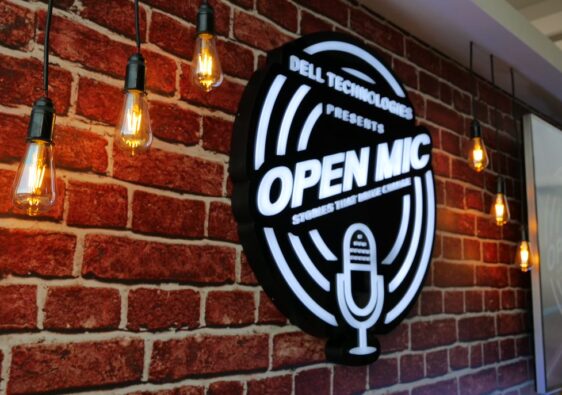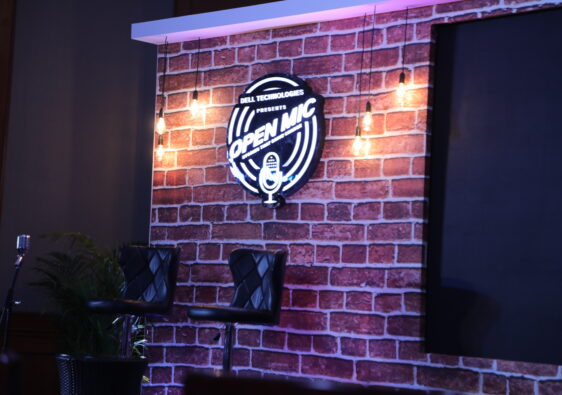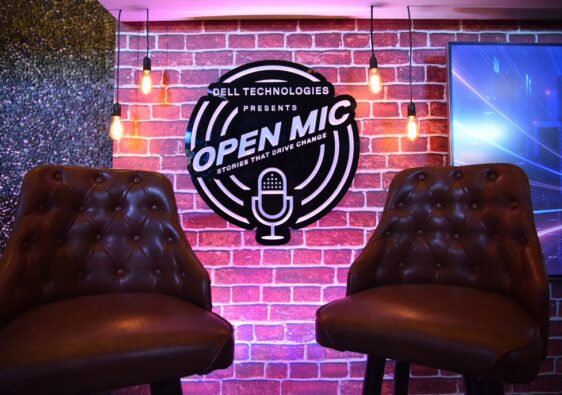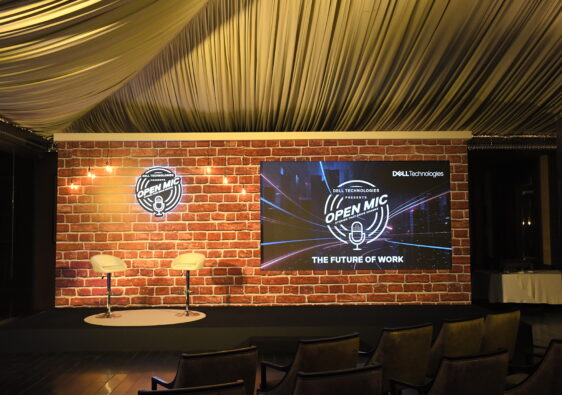There are always decisive moments in history, the implications and impact of which only become clearer in hindsight. The pandemic changed the way we lived, worked and thought about things. There are two distinct trends that have emerged in the new normal:
- The hunt for talent. We are witnessing a shift from a temporary to a transformative future of work. With the rise of hybrid work world, human experience is right at the core of it. People are looking for workplaces that align with how they want to live their lives. The hybrid work culture is real. The great resignation is on full throttle. The competition to attract new talent is growing fiercer than ever. This poses an existential threat to businesses everywhere.
- Competitive Landscape is evolving. Competition and the transparency of digital transformation are pushing banks and fintechs to become more overtly purpose-driven and put customers first.
The Dell CIO Open Mic – Stories that Drive Change – is a unique forum from Dell Technologies that fosters conversations around the CIO changemakers shaping the new tech-driven workplace. I have been grateful to have been associated with this forum as a storyteller, enabling conversations with CIO Changemakers. Through the Dell CIO Open Mic forum, the CIO Changemakers have shared their vision, their purpose, and their perspectives on the new tech-driven workplace with me and the CIO community.
In this new digital world, staying relevant and staying competitive will require far more than simple steps, including a few automated processes. Simply adding new tools and technologies to a traditional insurance operation is unlikely to be enough. Instead, insurers now need to fundamental rethink of the business culture and business model in itself, with digital acting as a catalyst.
Prior to the pandemic, most enterprises, including those in BFSI, were in an iterative, incremental mode, exploring digital technologies to enhance their systems, processes, products and experiences.
That changed over the past two years. Long-held beliefs about customers, employees and even their purpose were now questioned. A shift to the art of the possible was now possible, instead of a focus on incremental improvements.
Digital forces enterprises to think out of the box, and relook at reinventing themselves, and going beyond their traditional industry boundaries. In insurance, digital technologies can enable new ways to provide traditional cover and to reach new customers.
Today, companies have a choice: to be disrupted or to be reinvented with new products, services, and business models. By understanding, acknowledging and welcoming this wave of disruption, enterprises will be able to strengthen themselves, rather than get engulfed by it.
Acknowledging the urgent imperative to initiate digital transformation forays is important. More important is to knowing how to manage this foray.
This is where we can learn from pioneers.
Meet Kiran Belsekar, SVP-CISO & IT Governance, Aegon Life. Much before the pandemic, Aegon Life decided to challenge conventional thinking, prevailing business models, and completely go cloud native.
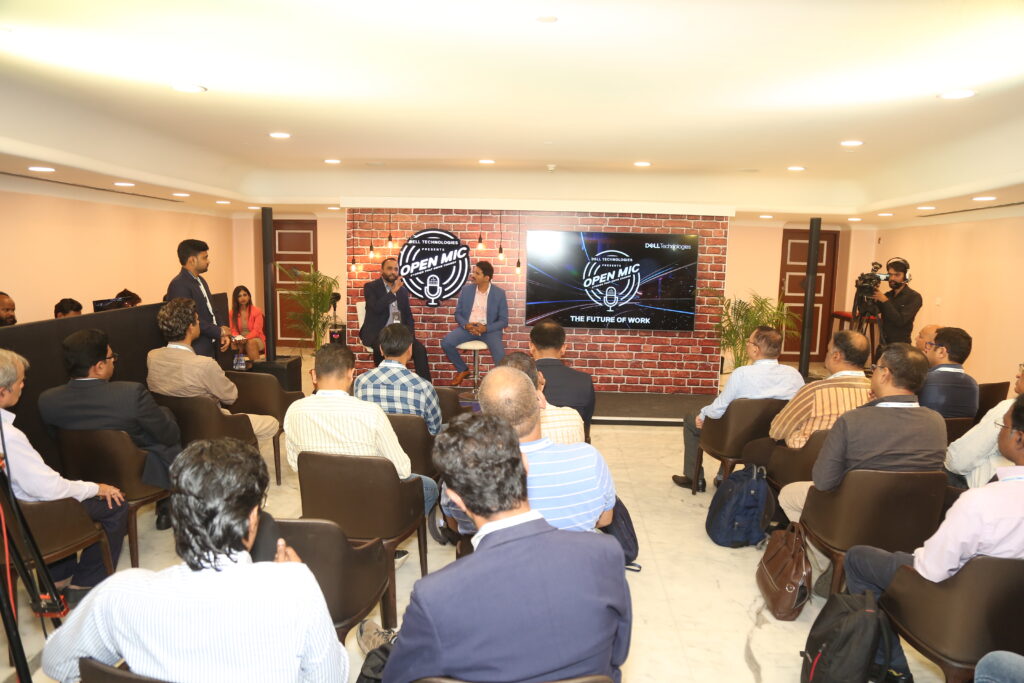
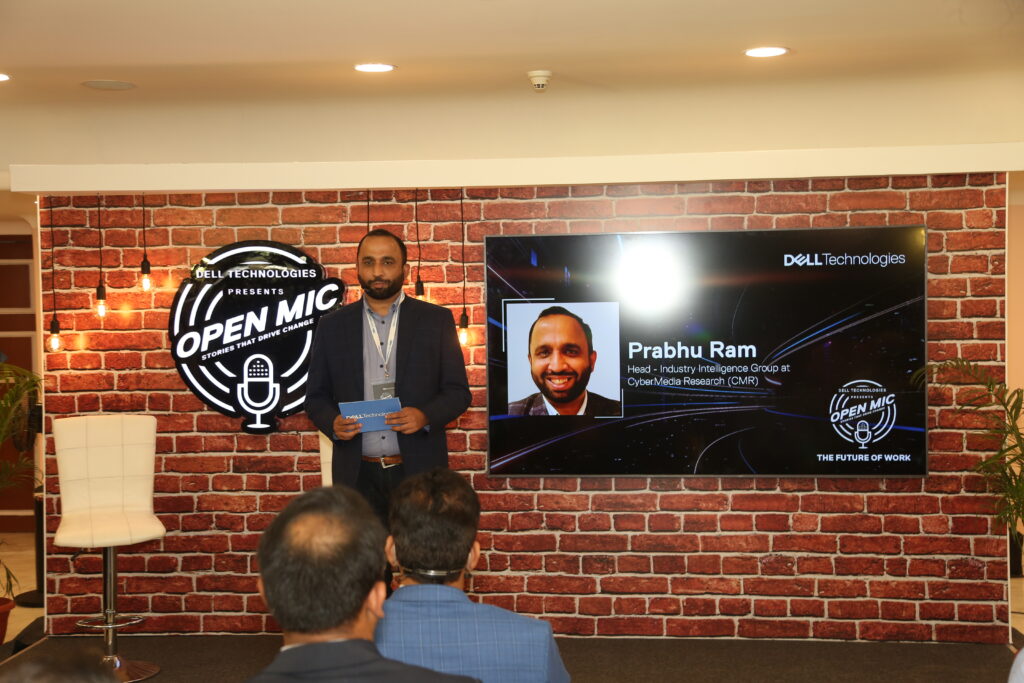
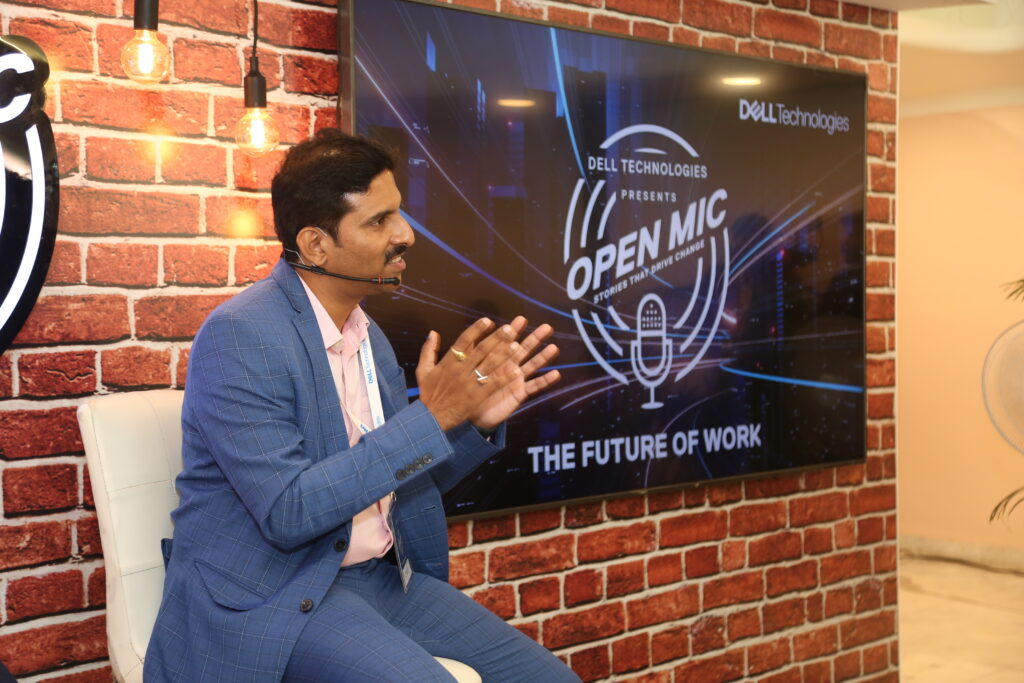
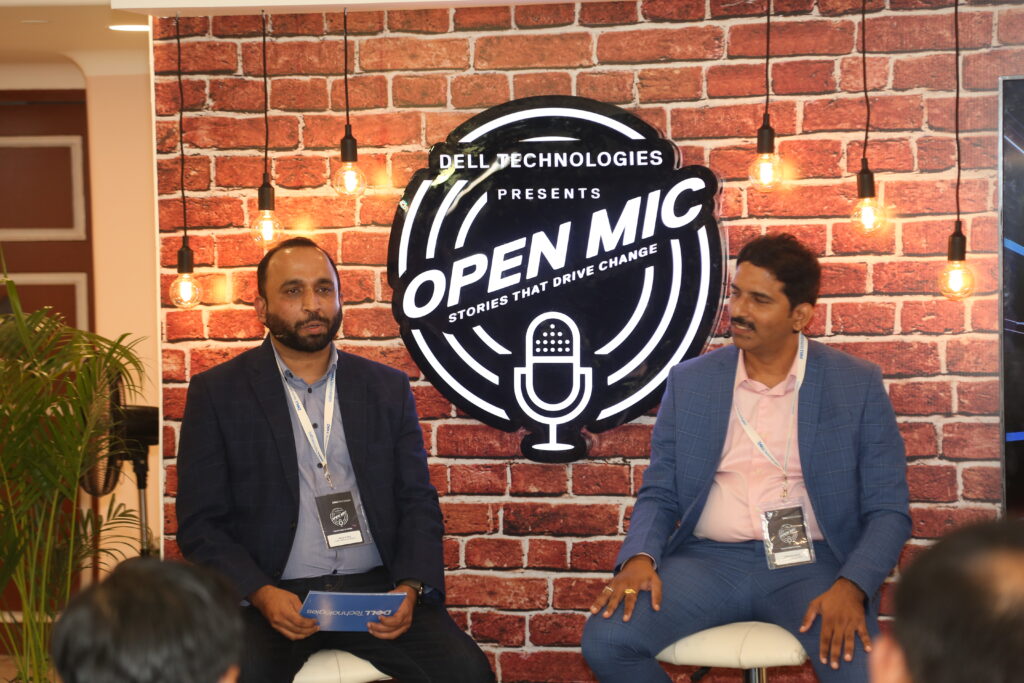
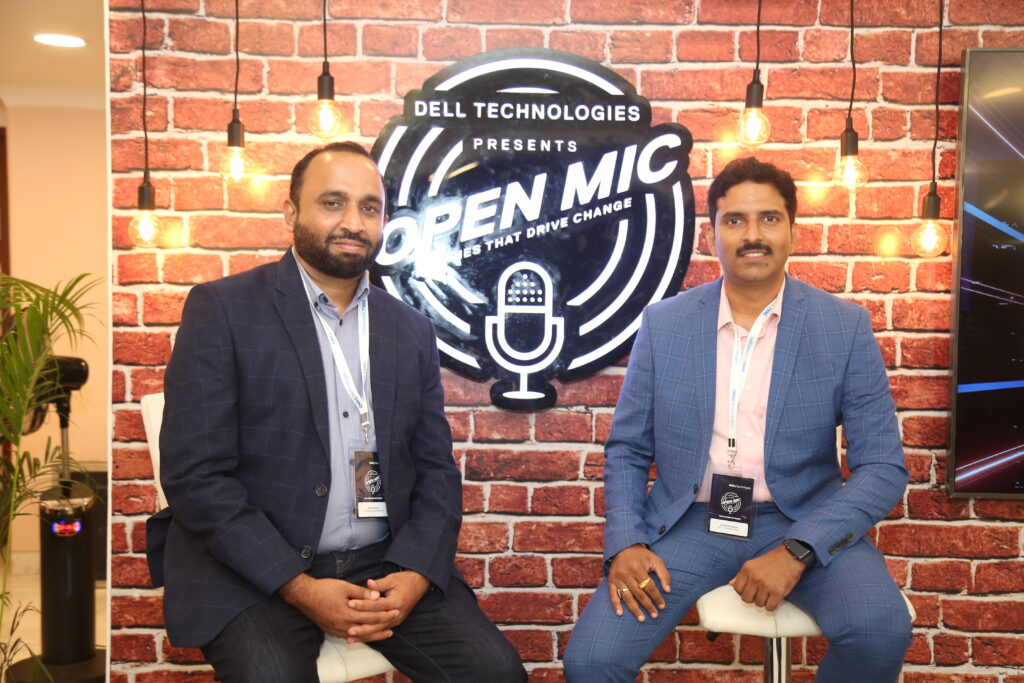
The notes below are from the Dell CIO Open Mic ‘Future of Work’ where I spoke with Kiran on Aegon Life’s dramatic transformation, the strategic imperatives driving the change, the technologies underpinning the transformation, amongst others.
The pandemic disrupted a long-held belief:
“Insurance is never bought. It is always sold.”
The Evolving Market Landscape.
Consumer demographics are changing, with more and more younger, digitally-savvy consumers coming to the fore. Alongside the digitally savvy consumers, the increased digital penetration, alongwith powerful smartphones across price bands, is contributing to the rise of older and less digitally savvy consumers to engage digitally.
Aegon Life is in the business of insurance. It is a category that is viewed by consumers as complex, and not easy to understand. The challenge for Aegon Life was simplify the product design, the experience, and the manner in which insurance is sold – moving from forced selling to completely DIY.
As per Kiran’s estimate, over 400Mn Indians are actively doing financial transactions digitally. Most of these Indians are well above the poverty line and come from “emerging and aspirational classes”. Many of these consumers do not have access to formal Banking or other financial services. This is primarily owing to them not having a credit history or formal income documents traditionally necessitated by insurance providers. As such, there is a significant unmet need here.
Providing access to financial instruments for these consumers requires a radical way of thinking. Consider, for instance, digital KYCs, alternate data sources for income assessment, fraud risk assessment, and health assessment amongst others.
Change Management at Aegon Life.
As per Kiran, Aegon Life is undertaking a fundamental shift in how underwriting is traditionally viewed. Without the kind of complete transformation, we embarked upon, which included change in talent mix, complete re-org of the organizational structure, and redesigning of the tech stack, we would not have been able to build a digital-only company.
The digital transformation at Aegon Life centred around how technology can be leveraged with user-centric design, product design, and communication. The idea is to make insurance easy to understand, easy to buy and easy to claim, almost similar to what e-wallets in money transfer or eCommerce have enabled consumers in buying online.
Like any change management process, the transformation at Aegon Life included changes in people, process and technology. It also included working with ecosystem stakeholders like regulators and reinsurers.
Once PoCs were proven, Aegon Life had the conviction to make major changes in organization structure as well as the kind of talent hired. The majority of the people onboarded at Aegon Life now come from a non-traditional life insurance background. They are willing to test new ideas, experimenting with new technology, and willing to look at it from customer perspective and not necessarily from the traditional point of view.
Aegon Life will be adding 100+ tech-enabled partners in 2022.
The Tech Stack at Aegon Life.
Aegon Life built a state-of-the-art cloud-native stack. Alongside, it stopped undertaking new business on the legacy tech stack. Eventually, Aegon life took the bold step of shutting down all traditional business channels and betting completely on digital.
Aegon Life had a technology vision to build a cloud-based reusable digital insurance ecosystem that leverage a micro-service event-driven architecture fully supporting an evolving business strategy.
Cloud offers new IT potential through flexible and resilient capabilities. Aegon Life has been able to make use of the secure, scalable and nimble advantages of the cloud. Additionally, it has also enabled digital services and experiences. This, in turn, has led to generating new business value. Now, we can fast-track the next generation of cloud capabilities.
Working towards its vision of reaching under-penetrated and un-penetrated sections of India, Aegon Life has taken an ecosystem approach to scale its business. With Aegon Life’s cloud-native tech stack, easier and seamless integration with partner systems (across eCommerce, eWallets, Edtech and Fintech) is possible.
Kiran believes that having ‘Digital’ at the core, ‘Data’ as a means and ‘Partnership’ as a channel, makes the process of getting life insurance frictionless for customers.
How is Dell Technologies enabling the modern workplace?
In the new normal, it is imperative to ensure great and personalized user experiences for their employees, for enterprises moving to, and aiming to succeed in a digital workplace. The goal of enhanced user experience is not just about increasing productivity. It is rather to ensure that great user experiences lead to further digital transformation, and adoption of new digital tools for collaboration and productivity.
At Dell Technologies, the focus has been on workforce transformation. The Dell approach focuses on:
- Providing the right devices, for an array of user cohorts, with built-in intelligence, security and privacy
- Enhance user productivity with a layer of software and services
- Accelerate modernization with automation, insights as well as enhanced user experiences in digital workplaces
In addition to the devices, Dell focuses on delivering solutions that enable secure and productive work from anywhere.
In Conclusion
Reimagining the future of work is a formidable challenge. I believe organizations should aim at the following to prepare for the Hybrid Work era.
- Build a strong enabling IT framework. The key to ensuring a thriving hybrid digital workplace starts with equipping the team with the right IT tools, including client devices, IT support services, and supported by bandwidth optimization, among others.
- Enable strong and empathic human-centric work environment. Human experience is at the core of the digital workplace. Organizations should devise strategies to align and prepare its workforce for the complexities of the new normal. The new digital work environment should support employees with their well-being and with technological tools that are personalized to suit their needs.
- Support with digital fluency. Most importantly, organizations should equip the workforce across all levels to be digitally fluent through skilling, re-skilling and up-skilling programs. Personalized learning pathways would enable the teams to prepare for, not just the new normal, but any future outlier events.
